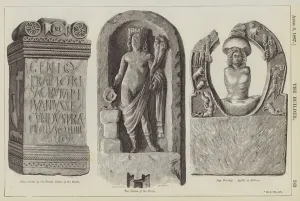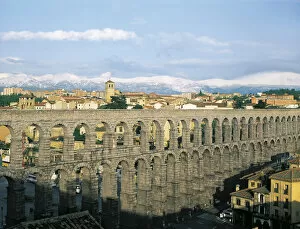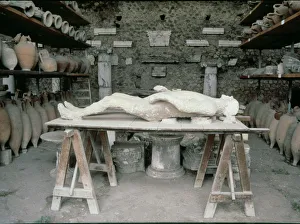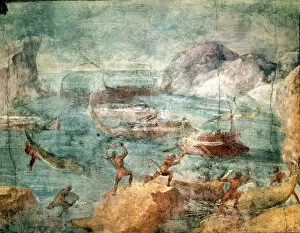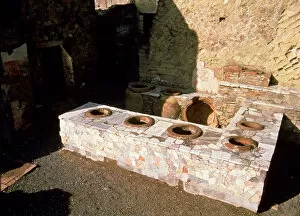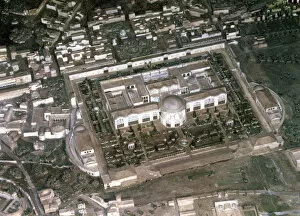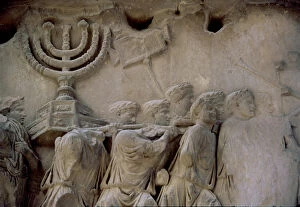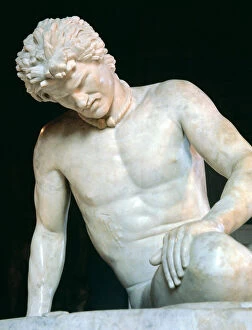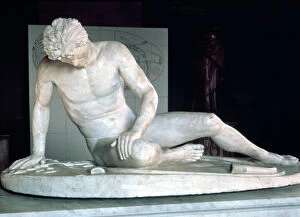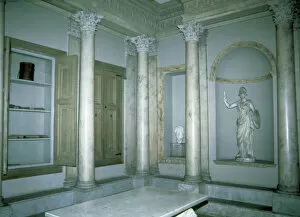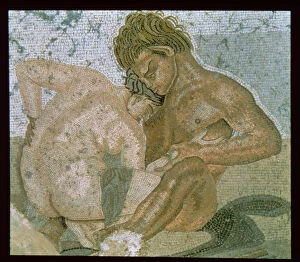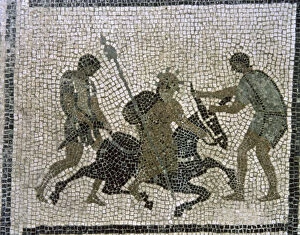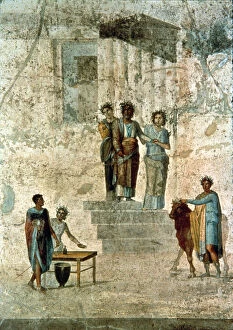Roman Art Collection (page 59)
Roman art is a captivating blend of beauty, skill, and historical significance
All Professionally Made to Order for Quick Shipping
Roman art is a captivating blend of beauty, skill, and historical significance. From the intricate details of Diana the Huntress fresco from the house Stabia at Pompeii to the powerful stance of Doryphoros, Roman art showcases a rich tapestry of creativity. In the Frescoes in the House of Livia Tablinum in Palatine, we are transported back in time as we witness scenes that depict daily life and mythological tales. The Jupiter of Versailles stands tall with its marble grandeur, reminding us of Rome's reverence for gods and goddesses. The Statue of Esculape exudes an aura of healing and wisdom, while Julius Caesar depicted in heroic nudity symbolizes his strength and leadership during turbulent times. A hero combined with a portrait of Aelius Caesar captures both individuality and loyalty to empire. The Captive barbarian sculpture crafted from porphyre and marble serves as a reminder of Rome's military might. Meanwhile, a woman praying between two Ionic columns reflects religious devotion amidst architectural splendor. The Statue of Germanicus immortalizes bravery through its lifelike form, while Titus' marble likeness portrays imperial power with grace. And who can forget the Roman Sarcophagus: Achilles? This masterpiece carved from marble tells stories not only about ancient heroes but also about human mortality. Roman art continues to fascinate us today because it offers glimpses into their culture - their beliefs, values, achievements - all captured within these masterpieces that have stood the test of time, and is through these works that we can truly appreciate the artistic legacy left behind by one civilization that shaped history forever.

